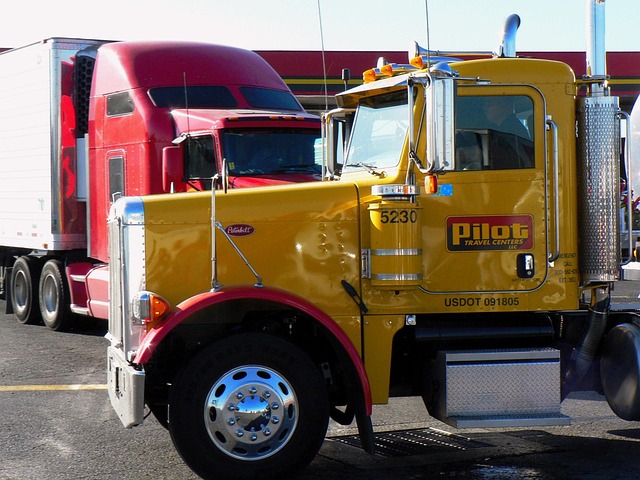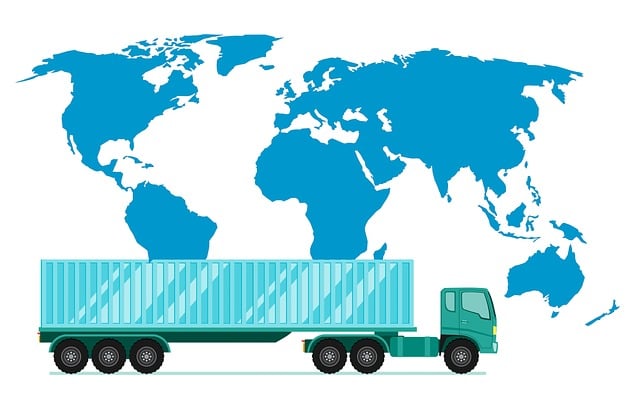Multi-truck liability policies are designed to protect businesses with multiple commercial vehicles from unique trucking risks, offering comprehensive coverage and potential cost savings. Fostering a safety-first culture through leadership commitment, regular training, open communication, and risk assessments is crucial for reducing insurance costs. Robust risk management techniques, including thorough operations assessments, adherence to industry standards, and driver training programs, minimize incident likelihood and enhance the company's proactive image to insurers. Measuring success through KPIs like incident rates and insurance premium comparisons demonstrates the effectiveness of safety initiatives and aids in continuous improvement.
Building a safety-first culture is not just ethical; it’s a strategic move to lower your liability insurance costs, especially for fleet operations. This comprehensive guide explores the interconnectedness of multi-truck liability policies and workplace safety. We’ll delve into actionable strategies for fostering a safety-conscious environment, implementing robust risk management techniques, and measuring the success of these initiatives in reducing insurance premiums. By understanding multi-truck liability policies and adopting best practices, businesses can navigate risks more effectively while saving on costs.
Understanding Multi-Truck Liability Policies: A Comprehensive Guide

Multi-truck liability policies are designed to protect businesses operating multiple commercial vehicles by providing comprehensive coverage for accidents or incidents involving these trucks. These policies go beyond standard auto insurance and cater specifically to the unique risks associated with trucking operations. Understanding the intricacies of multi-truck liability is crucial in building a safety-first culture, as it enables businesses to make informed decisions that can lower their liability insurance costs while ensuring adequate protection.
Such policies typically cover a wide range of scenarios, including bodily injury, property damage, and legal fees resulting from truck-related incidents. They also offer different liability limits, allowing businesses to select coverage that aligns with their risk assessment and financial capacity. By thoroughly reviewing multi-truck liability policies, companies can identify areas for improvement in safety protocols, thereby reducing the likelihood of claims and subsequently lowering insurance premiums over time.
Fostering a Safety-Conscious Culture: Key Strategies and Practices

Fostering a safety-conscious culture is paramount in building a robust defense against multi-truck liability policies and reducing insurance costs. It starts with leadership commitment and sets the tone for all employees. Top management must actively promote a culture where safety isn’t just a buzzword but a shared responsibility. Regular training sessions, clear communication channels, and open discussions about safety practices can help ensure everyone understands their role in preventing accidents.
Encouraging feedback from employees and rewarding safe behaviors further reinforces the culture. Implementing robust safety protocols, staying updated with industry standards, and conducting thorough risk assessments are practical strategies. These measures not only lower the likelihood of incidents but also demonstrate a proactive approach to insurance providers, potentially leading to more competitive multi-truck liability policy rates.
Implementing Effective Risk Management Techniques to Reduce Insurance Costs

Implementing effective risk management techniques is paramount in building a safety-first culture and lowering liability insurance costs. It starts with a comprehensive assessment of your operations, identifying potential hazards and risks across all departments. By analyzing historical data, incident reports, and conducting regular inspections, you can pinpoint problem areas and implement targeted strategies to mitigate risks. Adopting best practices, such as regular employee training on safety protocols, maintaining well-kept facilities, and adhering to industry standards, significantly reduces the likelihood of accidents and related insurance claims.
One key strategy involves exploring tailored multi-truck liability policies, which are designed for businesses with multiple vehicles. These specialized policies offer broader coverage and potentially lower premiums by considering the collective risk profile of your fleet. Additionally, incentivizing safe driving behaviors through driver training programs and implementing advanced tracking systems can further reduce insurance costs. By embracing proactive risk management, you not only strengthen your safety culture but also create a solid foundation for negotiating more favorable insurance rates.
Measuring Success: Monitoring and Evaluating Your Progress Towards Lower Insurance Premiums

Measuring success is a vital step in building a safety-first culture and lowering insurance costs, especially for businesses with multi-truck liability policies. Regular monitoring and evaluation allow companies to track their progress and identify areas where further improvements can be made. By analyzing key performance indicators (KPIs), such as incident rates, claim frequency, and severity, businesses can assess the effectiveness of their safety initiatives. For instance, a decline in the number of accidents or injuries over time could indicate successful risk mitigation strategies.
Additionally, comparing insurance premiums before and after implementing safety measures can provide concrete evidence of cost savings. This data-driven approach enables companies to make informed decisions about resource allocation for safety programs. It also encourages a continuous improvement cycle where successes are celebrated, and shortfalls are addressed to ensure the company remains competitive in the market while maintaining robust safety standards.
By implementing a safety-first culture, businesses can significantly reduce their exposure to risks and lower multi-truck liability insurance costs. Through fostering a conscious and strategic approach to risk management, companies can create an environment that prioritizes safety, ultimately leading to substantial savings on insurance premiums. Effective strategies outlined in this article, when adopted and monitored diligently, can help organizations navigate towards a safer, more cost-efficient future.
